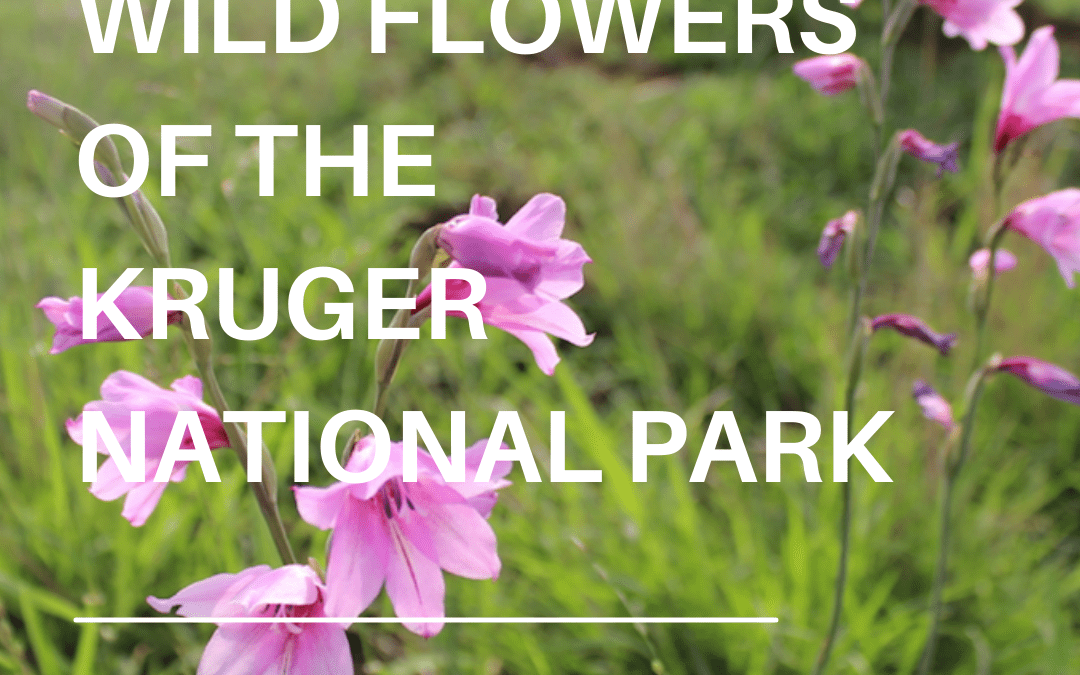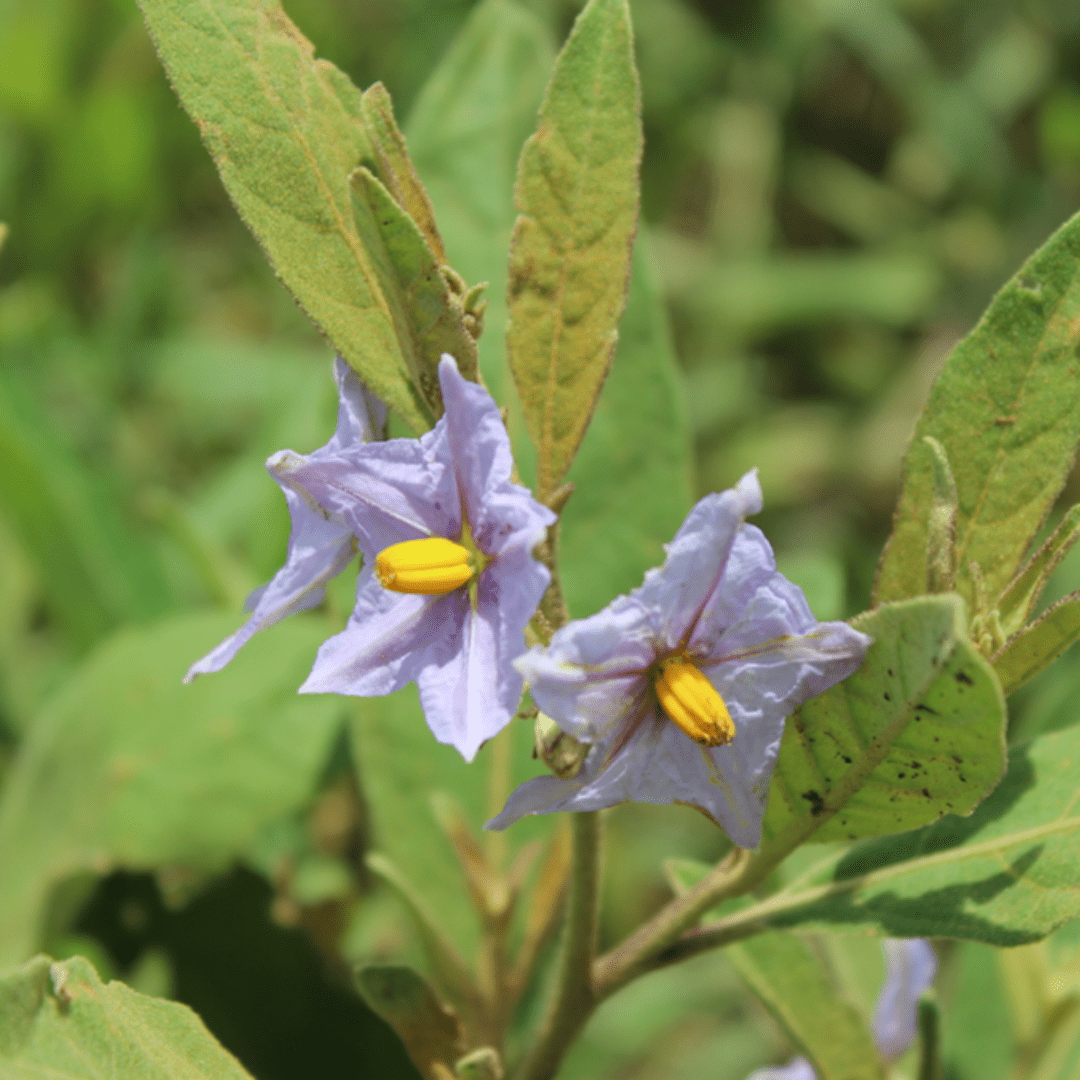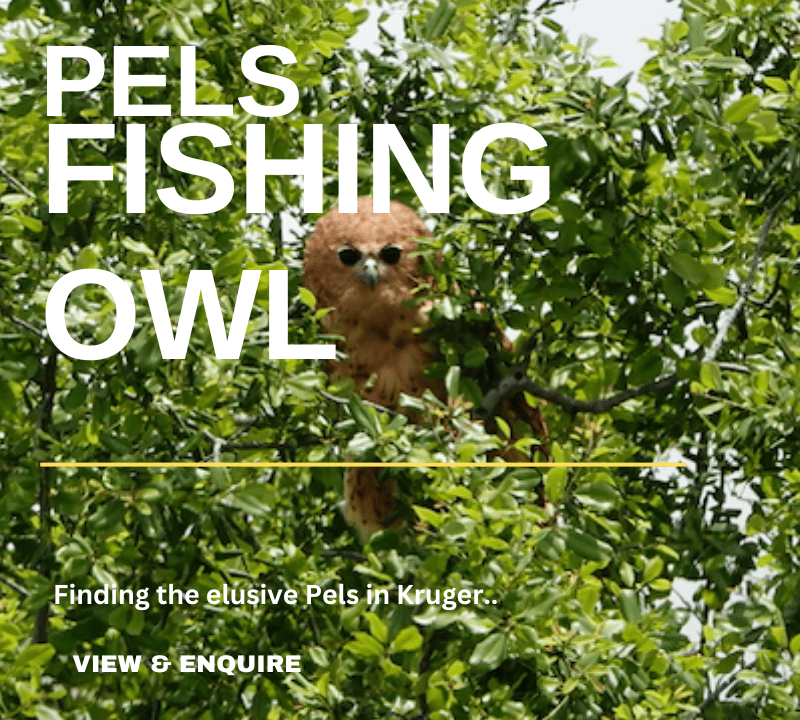
Blooms of Kruger’s Summer Symphony
by Andrew Wagner | 28 November 2023
As the sun ascends to its zenith in the expansive sky, painting the savannah with hues of gold and amber, Kruger National Park transforms into a canvas adorned with nature’s most vibrant palette. Summer, a season of abundance and vitality, welcomes an array of exquisite floral displays that embellish the landscape with hues that rival the African sunset. Within the heart of this wilderness, a tapestry of summer blooms unfolds, each petal and leaf telling a story of resilience and beauty.
Within this botanical marvel, Kruger National Park becomes a haven for a diverse collection of summer flowers, each species bringing its own unique charm and significance to this vast ecosystem. Over the summer months from September to March these beautiful wild flowering species copus in absundance after the first rains. From the delicate elegance of the Gladiolus to the robust allure of the Datura stramonium, the park becomes a botanical treasure trove, inviting visitors to delve into the secrets of its blossoming wonders.
Let us embark on a journey through Kruger’s enchanting realm, where the air is infused with the sweet fragrance of Heliotropium Nelsonii, and the vivid hues of Hibiscus engleri beckon both seasoned botanists and casual admirers alike. Join us in exploring the intricate details of Chlorophytum bowkeri’s arching leaves and be entralled by their parachute-like flowers of Tricliceras lacerata dancing in the gentle breeze.
As we traverse the diverse habitats of Kruger National Park, from riverbanks adorned with the graceful Crinum macowanii to open woodlands where Solanum panduriforme showcases its vibrant blooms, the summer flowers reveal the park’s resilience and the intricate dance of life that unfolds with each passing season.
With Andrew Wagner Safaria as your guide, venture into the heart of this botanical spectacle. Andrew’s wealth of knowledge, cultivated over a decade of exploration, allows us to uncover the stories behind these blooms. As the founder of Safaria and a mentorship recipient from industry leaders, Andrew provides more than a safari experience; he opens a doorway into the captivating world of Kruger’s summer flora, allowing you to witness nature’s artistry at its peak.
Join us on this immersive journey into the realm of Kruger’s summer flowers, where the landscape transforms into a living canvas, and each petal tells a tale of the resilience and beauty that define the park’s botanical symphony.
Here is an overview of these very special spring summer species :
-
Gladiolus: ( Bushveld Gladiolus )
- Description: Gladiolus is a genus of perennial flowering plants known for their striking spikes of funnel-shaped flowers. The flowers come in various colors, including vibrant shades of red, pink, orange, yellow, and white.
- Habitat: Gladioli thrive in well-drained soil and are commonly found in gardens, meadows, and rocky slopes.
- Significance: Symbolizing strength and integrity, gladioli are often associated with remembrance and are popular choices for floral arrangements.
-
Heliotropium Nelsonii: (String of Stars)
- Description: Heliotropium Nelsonii, commonly known as blue heliotrope, features clusters of small, fragrant, bright blue flowers. The plant is known for its distinct heliotrope fragrance.
- Habitat: Native to South Africa, it is often found in open grasslands and disturbed areas.
- Significance: The plant is valued for its aromatic qualities and is sometimes used in traditional medicine for various purposes.
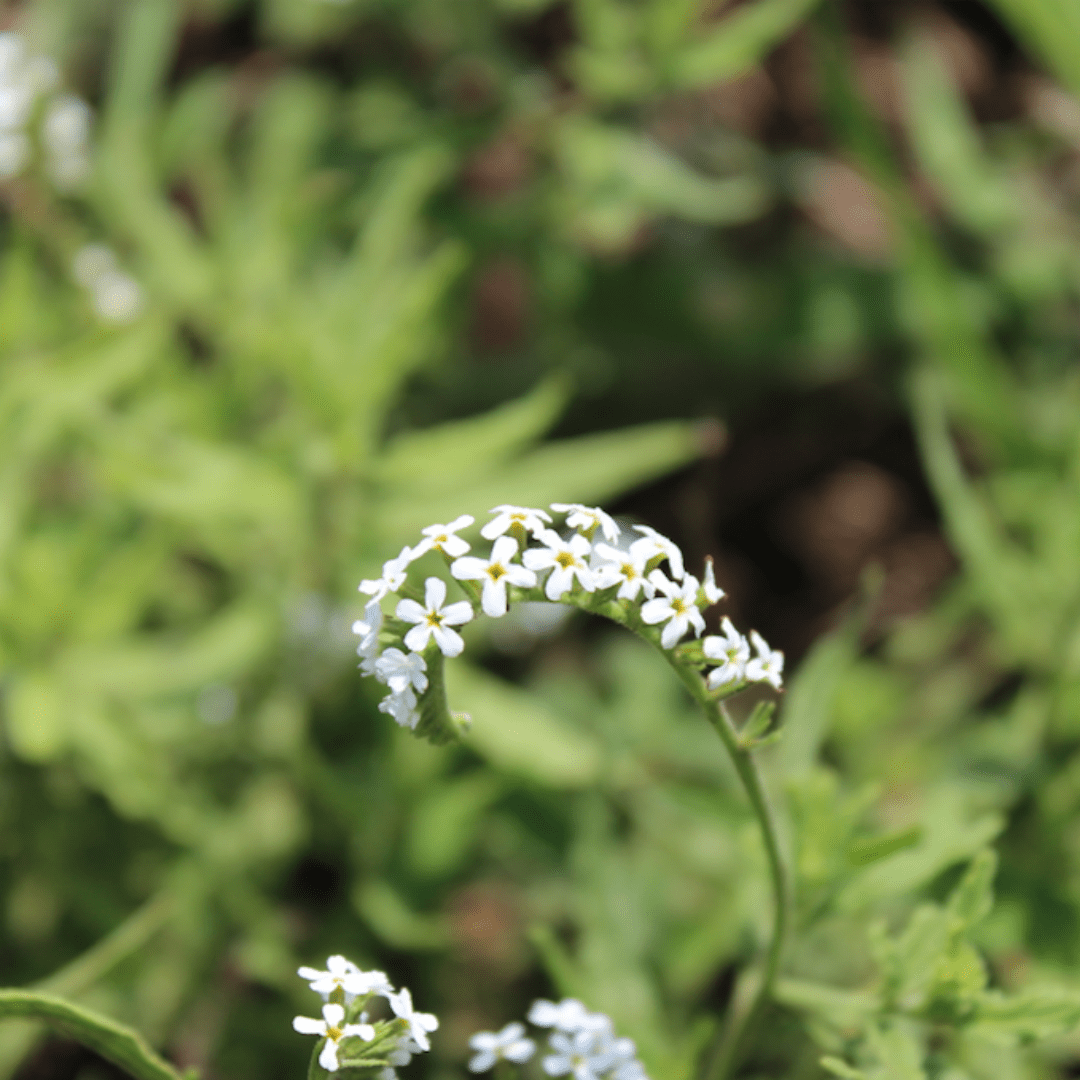
-
Hibiscus engleri: ( Wild Hibiscus )
- Description: Hibiscus engleri is a species of hibiscus with large, showy, pink to red flowers. The leaves are typically glossy and deep green.
- Habitat: Indigenous to tropical and subtropical regions, it thrives in warm climates and is often found in gardens and landscapes.
- Significance: Known for its ornamental value, Hibiscus engleri is a favorite in landscaping and gardening projects.
-
Solanum campylacanthum: ( Bushveld Nightshade or Posion Apple )
-
Thunbergia natalensis: ( Natal Blue Bell )
- Description: Thunbergia natalensis, also known as the Natal Bluebell or Forest Thunbergia, displays charming tubular flowers with a blue-violet hue.
- Habitat: Native to South Africa, it is often found in forested areas, climbing on trees or shrubs.
- Significance: Appreciated for its delicate beauty, Thunbergia natalensis is a favorite in gardens and natural landscapes.
-
Chlorophytum bowkeri: ( Grass Lily )
- Description: Chlorophytum bowkeri, commonly known as the Bushveld Chlorophytum, features arching leaves and produces small white flowers in clusters.
- Habitat: Indigenous to South Africa, it thrives in a variety of habitats, including grasslands and wooded areas.
- Significance: Often used as an ornamental plant, Chlorophytum bowkeri is valued for its hardiness and adaptability.
-
Tricliceras lacerata: ( Lions Eye )
- Description: Tricliceras lacerata, also known as the parachute flower, boasts unique flowers with distinctive, fringed petals that resemble a parachute.
- Habitat: Native to South Africa, it is often found in grasslands and open areas.
- Significance: Celebrated for its unusual and attractive floral structure, Tricliceras lacerata is a fascinating addition to botanical collections.
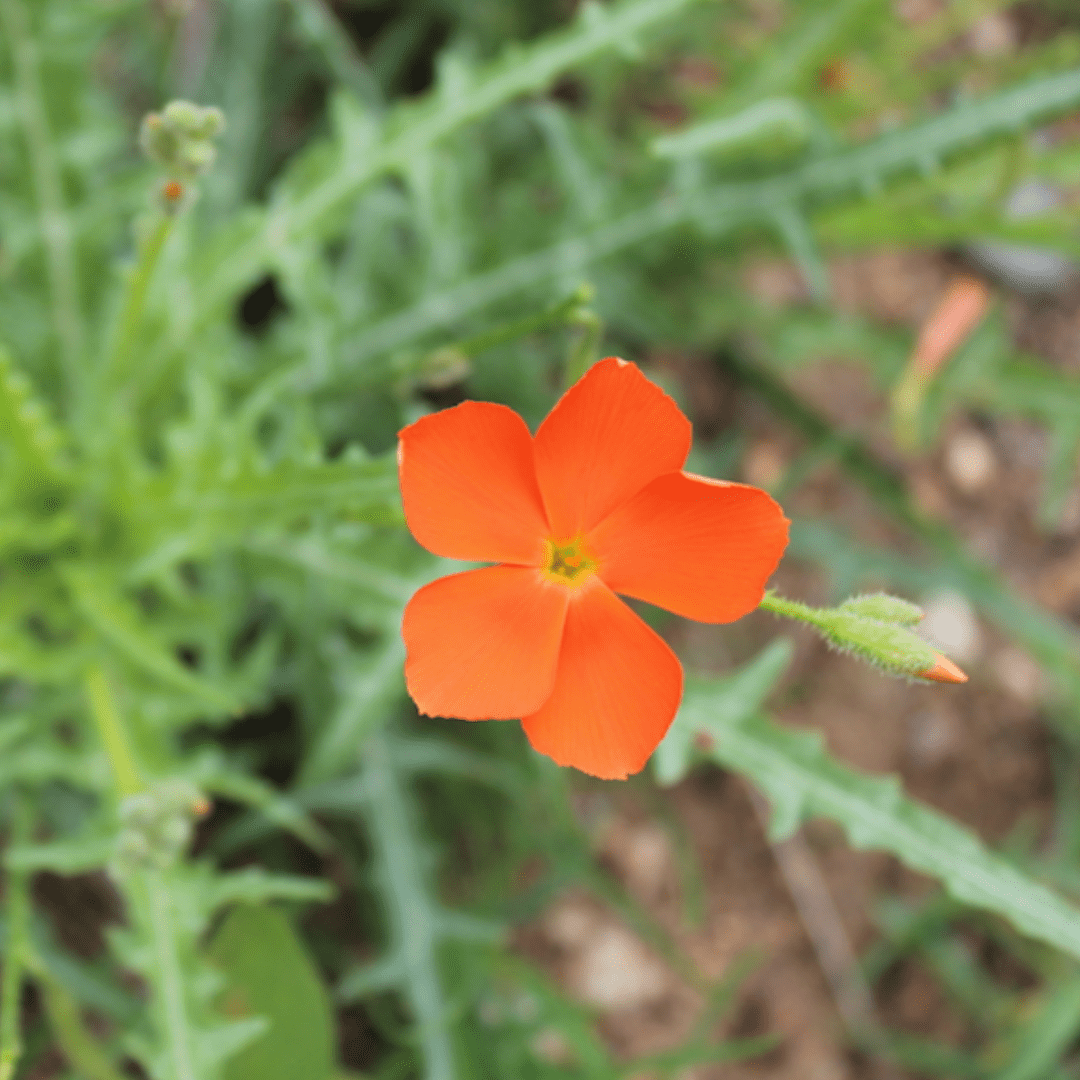
-
Crinum macowanii: ( Crinum Lily or River Lily )
- Description: Crinum macowanii, commonly known as the river lily, features large, showy, white or pink flowers with long, strap-like leaves.
- Habitat: Typically found in wetter habitats like riverbanks and marshy areas.
- Significance: Recognized for its elegant and fragrant blooms, Crinum macowanii is often cultivated for its ornamental value.
-
Datura stramonium: ( Thorn-Apple )
- Description: Datura stramonium, also known as Jimson weed or Devil’s snare, is a robust plant with large, trumpet-shaped white flowers and spiky seed pods.
- Habitat: Thrives in disturbed areas and is often found on roadsides and in fields.
- Significance: While it has historical medicinal uses, Datura stramonium is also toxic and should be handled with caution. It has cultural significance in some traditional practices.
Each of these flowers contributes to the rich tapestry of South Africa’s flora, showcasing the diversity and beauty of the region’s plant life.



